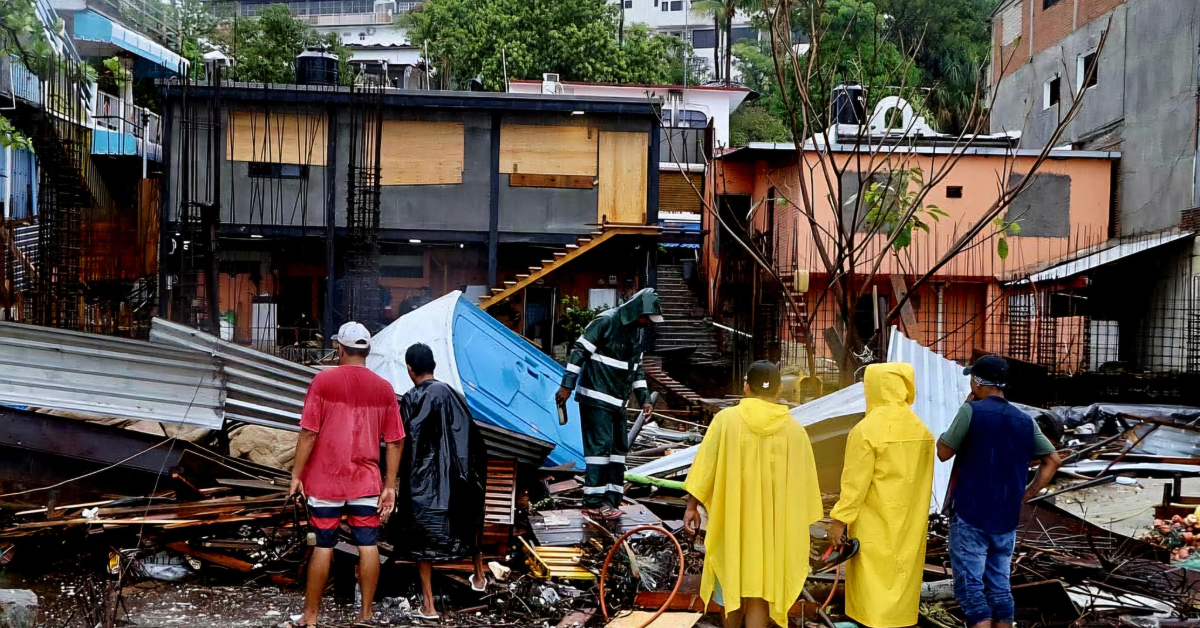Hurricane Erick, now a Category 1 storm, hit southern Mexico with heavy rains and high winds, affecting multiple states. Authorities report flooding, evacuations, and infrastructure damage.
Hurricane Erick made landfall early this morning and has since been downgraded to a Category 1 hurricane, according to the National Meteorological Service (SMN). The storm is bringing intense to torrential rainfall, strong winds, and dangerous sea conditions to southern Mexican states, including Oaxaca, Guerrero, Chiapas, southern Veracruz, and southern Puebla.
As of this morning, the center of Erick was located approximately 50 kilometers north . . .






